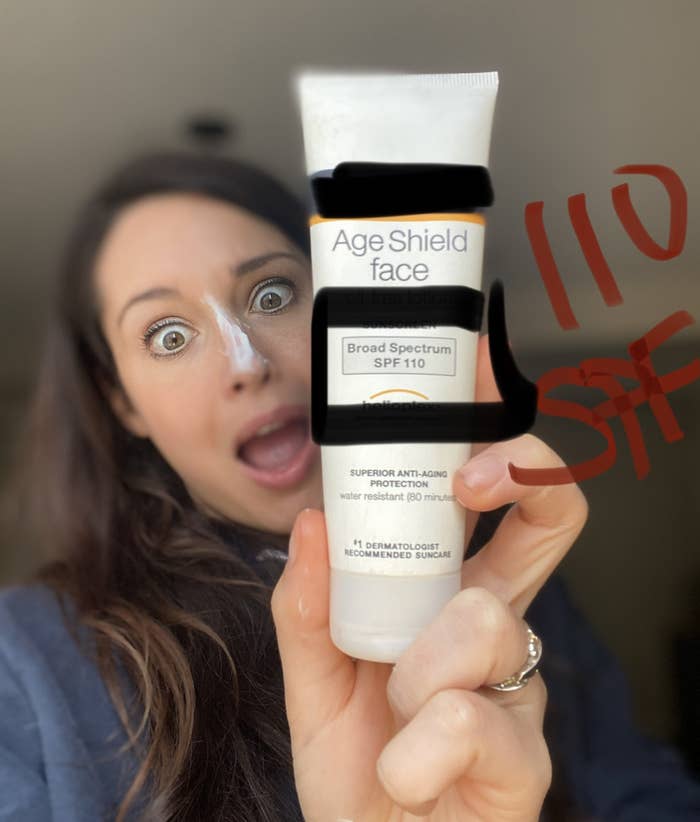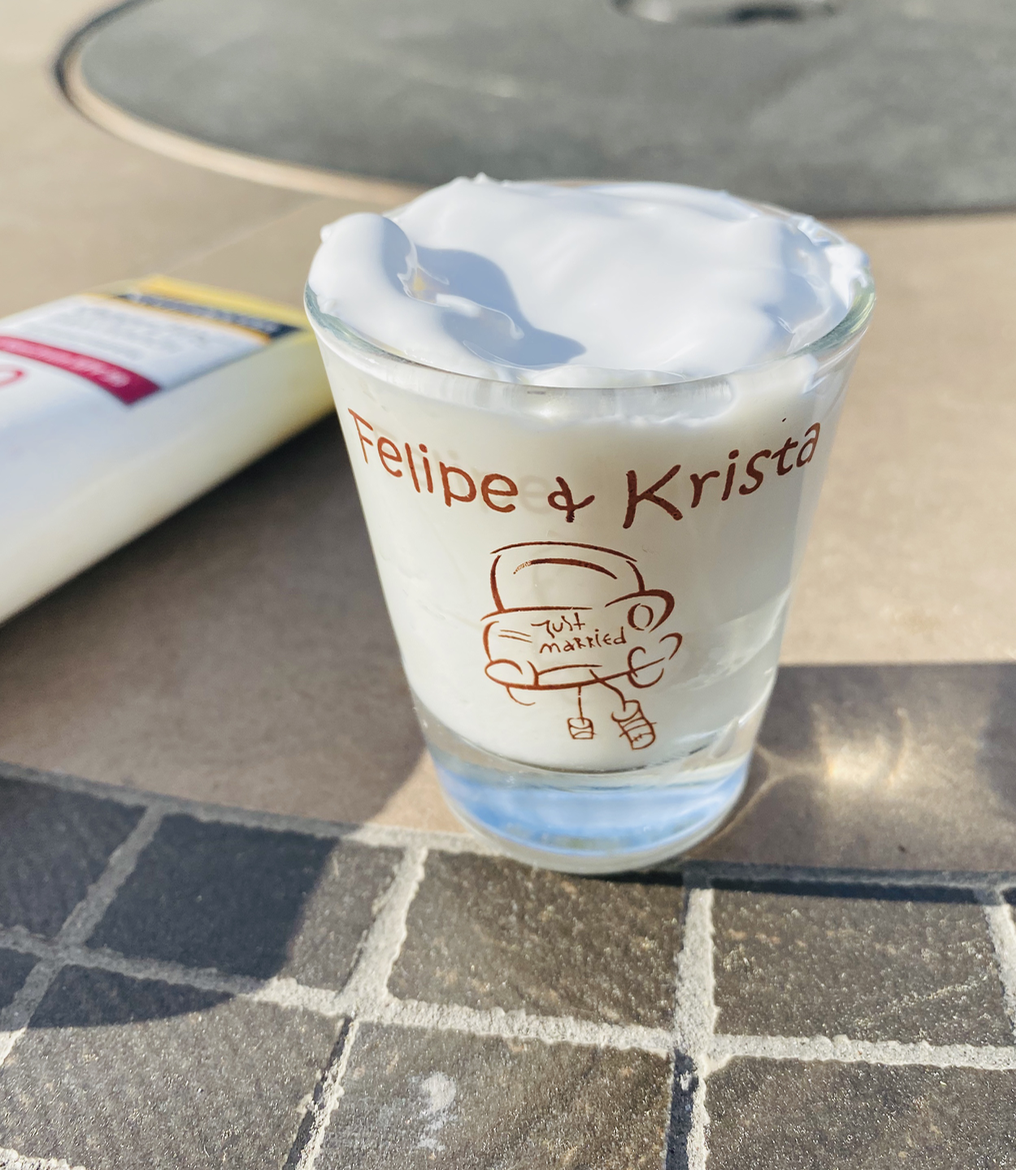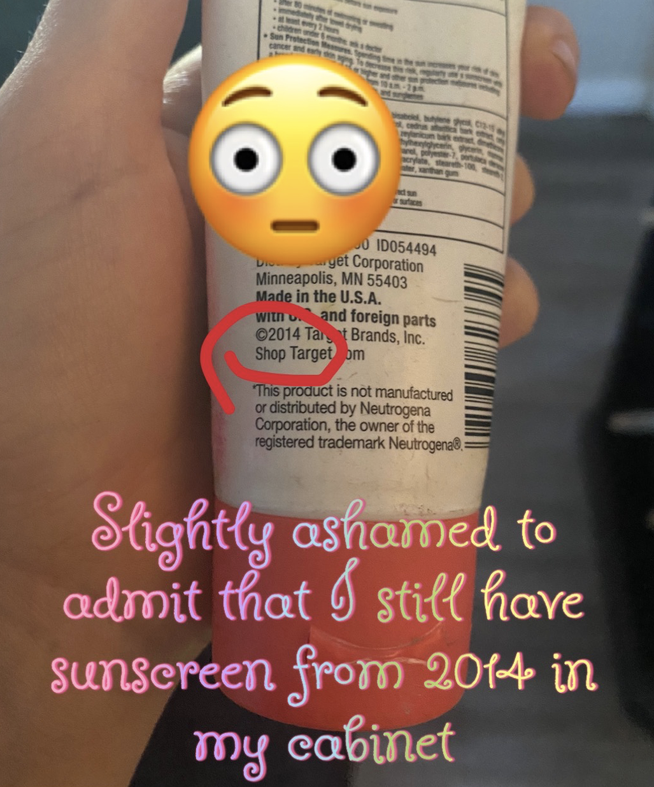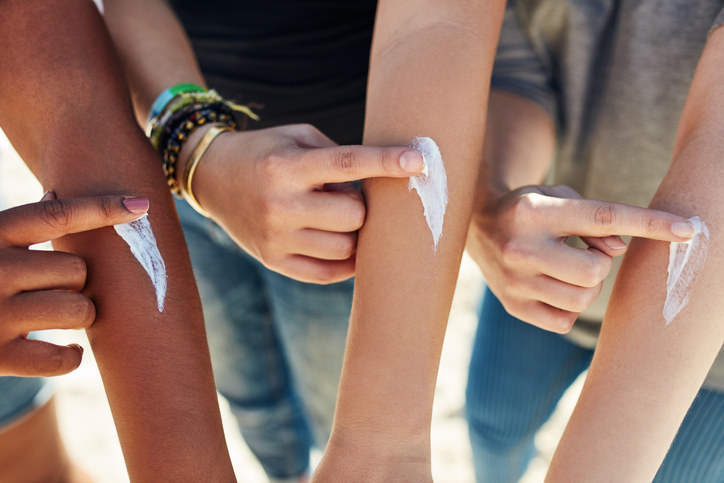A while ago, when I was lathering up with some SPF 110 because I thought it would protect me the most, a friend told me that it wouldn't protect me any more than a lower SPF would. My mind was blown because I've been spending extra on higher SPFs for years. So, I decided to talk to board-certified dermatologist Dr. Shari Sperling of Sperling Dermatology to figure out the facts. In doing so, I found out some very important information about sunscreen.

Before we begin, let's discuss a few things. The two different types of sun rays: UVA and UVB. UVA rays cause skin cancer and aging while UVB rays cause sunburning and blistering to the skin.
"UVA rays account for about 95% of UV radiation reaching Earth and they also penetrate the skin more deeply, causing genetic damage to the cells. They can even penetrate through windows. UVB rays are associated with sunburns and blistering and cannot penetrate through glass," explained Dr. Sperling.
The SPF on a bottle of sunscreen means "sun protection factor" and it tells you how long you can stay in the sun without getting burned while wearing the sunscreen compared to how long you could stay in the sun without sunscreen. Here are some interesting sunscreen facts Dr. Sperling shared with us:
1. Any sunscreen over SPF 30 will only work about 1% better.
"SPF of 30 protects against 97% of sun rays. Anything over 30 has little additive benefit," she said. No sunscreen can shield you 100% from the sun's rays, so all SPFs over 30 will only give you about 1% — 2% at most — of additional protection.
As far as pricing goes, when I looked online at a few places, the cost for SPF 100 sunscreen was about 40% more expensive than the SPF 30 across the board for all brands.
2. You need a shot glass–size of sunscreen to fully protect your skin — using that same amount each time you reapply.

3. There is no such thing as "waterproof" sunscreen.
4. Sunscreen really does expire.

5. You need to put on sunscreen BEFORE you get into the sun and you also need to reapply it AFTER you've been in the sun for two hours.
6. There are two types of SPF sunscreens — chemical and physical.
7. And while there is no evidence suggesting that any kind of sunscreen causes cancer, Dr. Sperling suggests using physical SPF if you're worried.
8. But, overall, it doesn't matter what kind of sunscreen you use — they all should offer the same results.
9. The SPF in your makeup — no matter how high — is not enough to really protect your skin.
10. Every skin type needs sunscreen.

